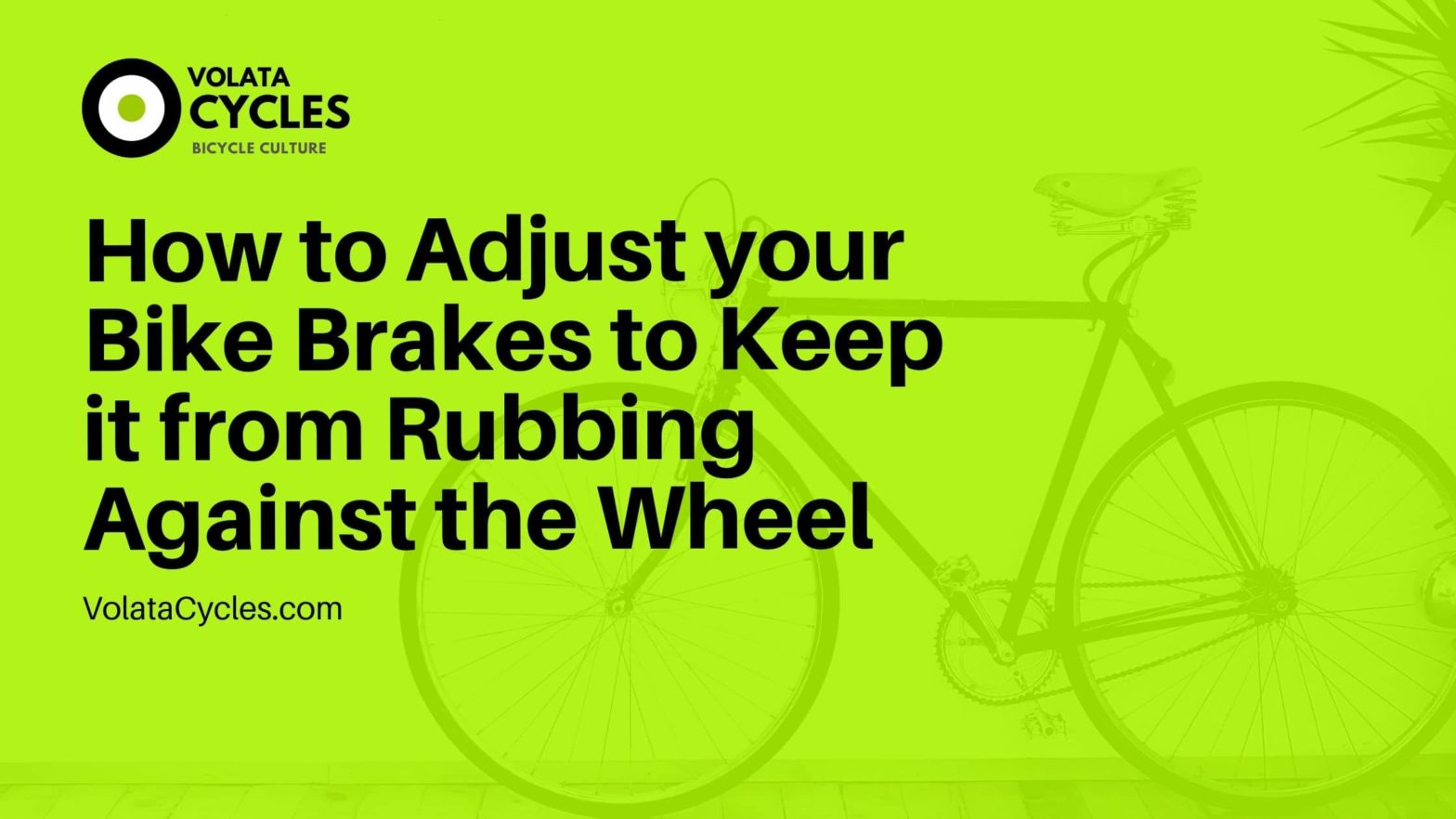A maladjusted break is bound to happen at some point, and it really is an unavoidable fact of life, especially if you use your bike often. But, don’t fret, because this is a fix that you can do easily with minimal mechanical skill. Indeed, it only takes a few minutes and a few tools to do, so you might as well learn how to do it yourself to save time and money.
In this article, we’ll show you how to adjust your bike brakes should you find yourself in the annoying position of feeling them starting to rub against your wheel. We’ll show you how to do it for both disc brakes and caliper brakes, and tell you what signs to look out for that will signify you’ll be needing professional help.
For Disc Brakes
If you feel your brakes rubbing against your wheels, then it’s time to give it a looksy. Mount your wheel on a bike stand and give the wheels spin while carefully checking down the rotors if they’re bent and rubbing against the brake pads. If they are, then this means the rotors are bent. You can use a special disc brake tool to straighten the rotor out, or you can go old school and just use your hands to pull and push the rotor to try to bend it back in shape. Just remember to be careful not to injure yourself!
Another reason for the rubbing could simply be that the rotors aren’t centered properly. Here’s how to resolve that:
1. Loosen the bolts that hold the calipers to the frame until the caliper’s body moves freely from side to side. You don’t want to remove anything, you just want it loosened up.
2. Squeeze the brake lever to center the disc.
3. While squeezing the lever, retighten the bolts that hold the caliper to the frame.
4. You may have to do steps 1 to 4 more than a few times to make the calipers as centered as possible.
If the above method doesn’t work (and it often does for most brake-rubbing problems), then you might need to re-set the pistons, which means you’ll need to remove the disc brake pads first and push the pistons back into the recess. To do so, follow the steps below.
1. First, take both your front and rear wheel out.
2. Some disc brake designs will have a retaining pin that secures the pads, while some will have a cotter pin. A retaining pin will be fairly easy to remove with an allen key, but if your disc system has a cotter pin, you’ll have to bend the end straight with pliers to be able to remove it. Some caliper designs will have a retaining pin with a pin clip, but just the same; slide the pin clip out and then remove the retaining pin with an allen key.
3. After the pins that keep the pads secure are removed, you’ll basically be able to slide the pads out.
4. Once the pads are out, you can use a flathead to push the pistons back into the recess.
4. Once you’ve pushed the pistons as far back into their cavity as you possibly can, check the pads if they need to be replaced. If they seem worn out, then replace them.
5. Put everything back together and check if the rubbing stopped.
If bending the rotor to shape, centering the disc and re-setting the pistons didn’t work. Then there might be a problem with the discs themselves—they might have already warped to such a degree that they’ll need to be replaced.
For Brake Calipers
One common problem that causes brake rubbing is the calipers themselves not being centered. To do this, simply follow the steps below.
1. Release the brake mounting bolt that is behind the fork for the front calipers and behind the bridge behind the seat post.
2. Line the calipers up, so they are as centered as possible and then tighten the brake mounting bolt.
3. You can fine-tune the adjustment by playing around with the screw or socket head on the calipers themselves to get a more perfect alignment.
4. Make sure that both brake pads touch the rim at the same time when you squeeze the lever. This will tell you that they are aligned.
If you’ve done the above steps but feel that the brakes are still rubbing, this could mean that the issue is with the wheel itself—it may need to be trued.
Unfortunately, truing a wheel will be something you’ll need an expert or a local mechanic to do since it will involve parts of the bike that you wouldn’t want to mess with if you’re a novice.

